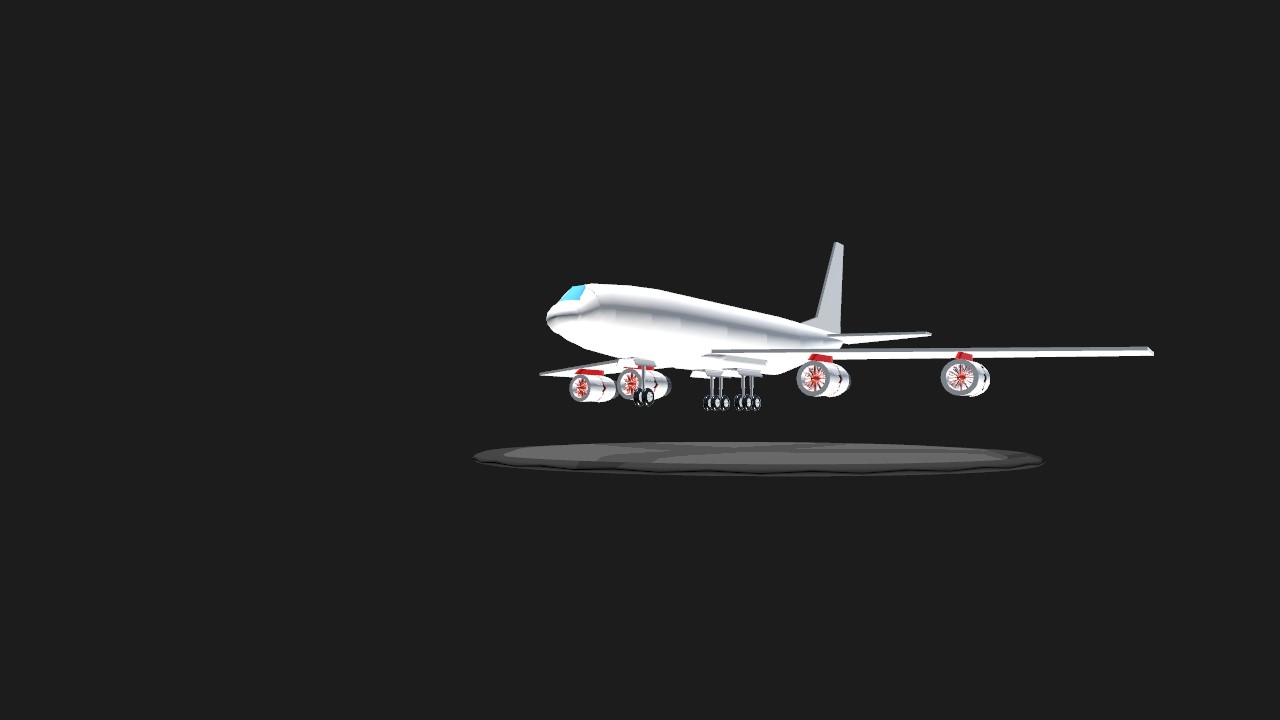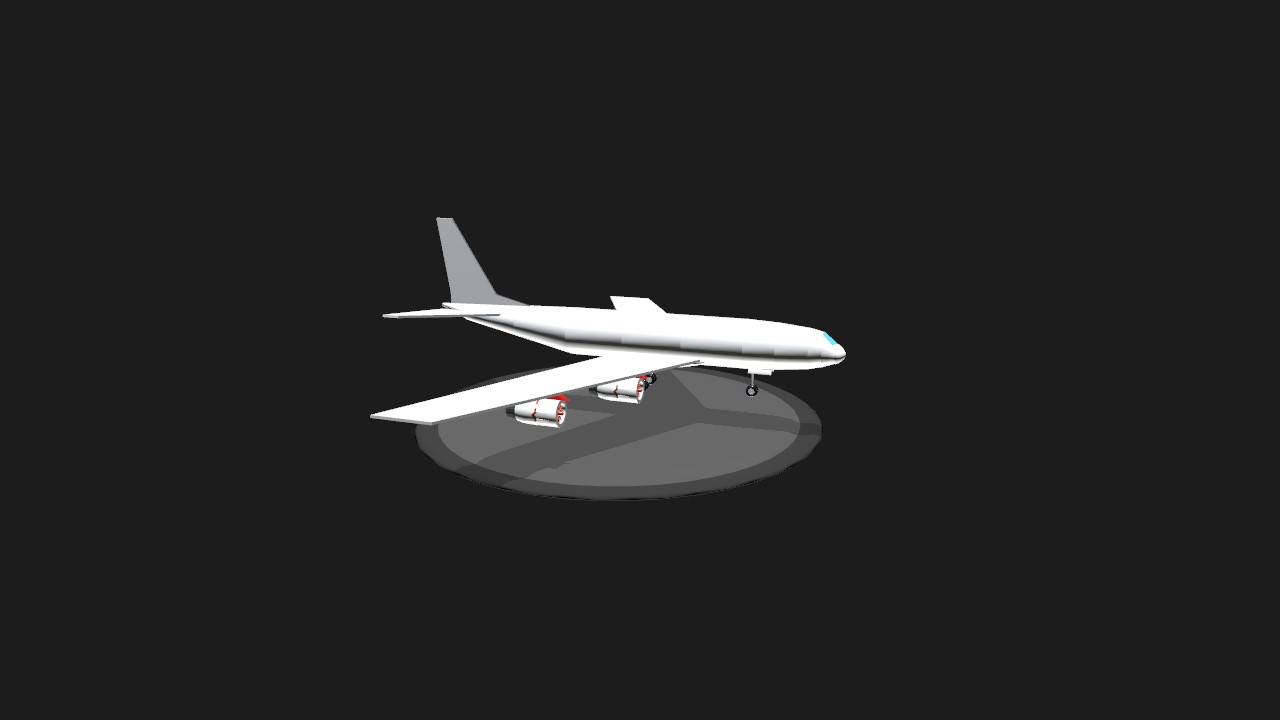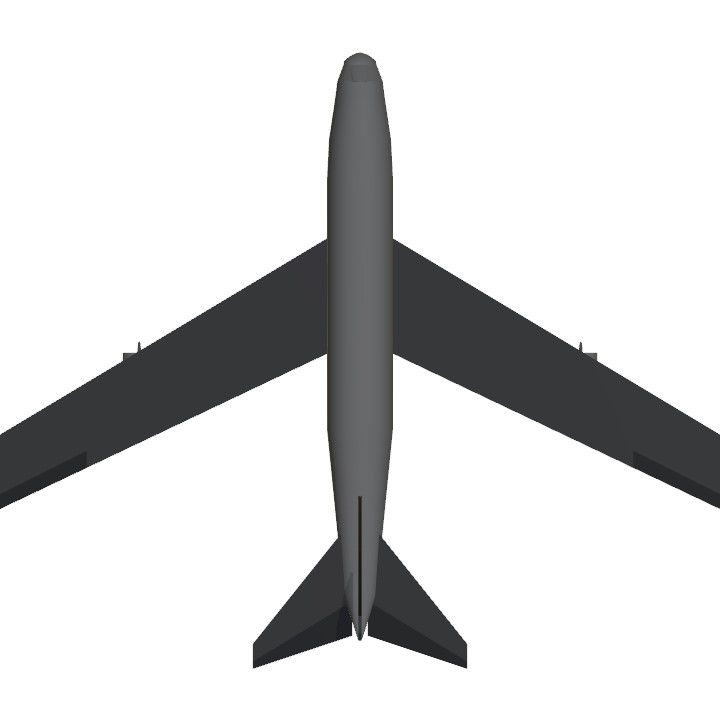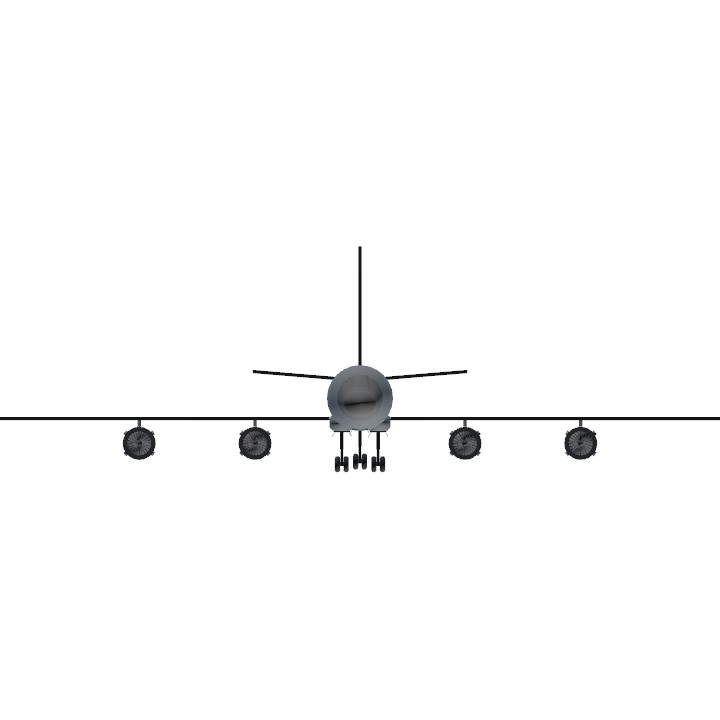The Boeing 720 is an American narrow-body airliner produced by Boeing Commercial Airplanes. Announced in July 1957 as a 707 derivative for shorter flights from shorter runways, the 720 first flew on November 23, 1959. Its type certificate was issued on June 30, 1960, and it entered service with United Airlines on July 5, 1960. A total of 154 Boeing 720s and 720Bs were built until 1967. As a derivative, the 720 had low development costs, allowing profitability despite few sales.
Role:
Narrow-body jet airliner
National origin:
United States
Manufacturer:
Boeing Commercial Airplanes
First flight:
November 23, 1959
Introduction:
July 5, 1960, with United Airlines
Retired:
September 29, 2010
Status:
Retired
Primary users:
United Airlines
Western Airlines
Eastern Air Lines
Northwest Airlines
Produced:
1958–1967
Number built:
154
Developed from:
Boeing 707
Compared to the 707-120, it has a length reduced by 9 feet (2.7 m), a modified wing and a lightened airframe for a lower maximum takeoff weight. Originally designed to be powered by four Pratt & Whitney JT3C turbojets, the initial 720 would cover a 2,800 nmi (5,200 km) range with 131 passengers in two classes. The reconfigured 720B, powered by JT3D turbofans, first flew on October 6, 1960, and entered service in March 1961. It could seat 156 passengers in one class over a 3,200 nmi (5,900 km) range. Some 720s were later converted to 720Bs specification. It was succeeded by the Boeing 727 trijet. The 720 is the only Boeing-designed jetliner that does not follow the "7x7" naming scheme
Personal notes:
This was my first aircraft that I used a lot of fuselage blocks in.
Specifications
General Characteristics
- Predecessor Vintage Airliners Challenge [closed
- Created On iOS
- Wingspan 71.4ft (21.8m)
- Length 61.0ft (18.6m)
- Height 22.3ft (6.8m)
- Empty Weight 29,750lbs (13,494kg)
- Loaded Weight 57,457lbs (26,062kg)
Performance
- Power/Weight Ratio 1.29
- Wing Loading 69.5lbs/ft2 (339.4kg/m2)
- Wing Area 826.6ft2 (76.8m2)
- Drag Points 8263
Parts
- Number of Parts 39
- Control Surfaces 5
- Performance Cost 560







thank you for participating